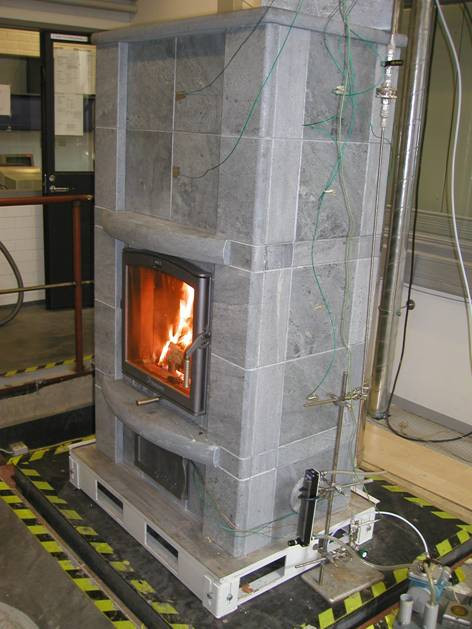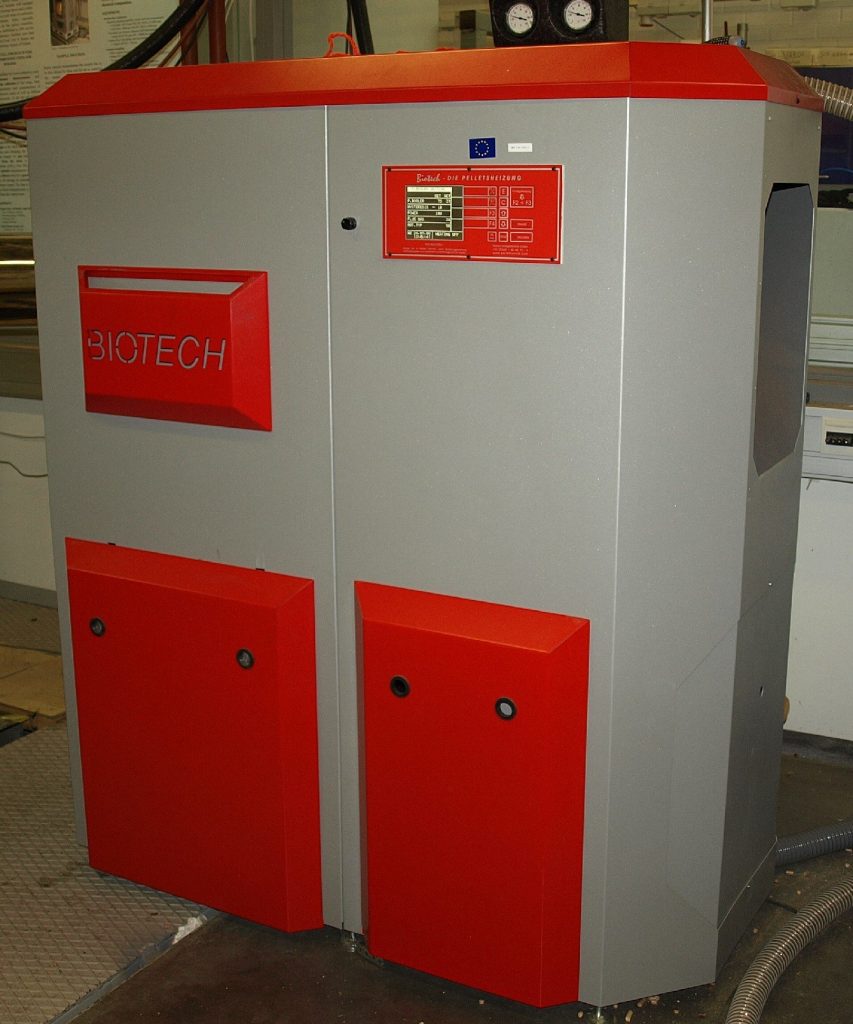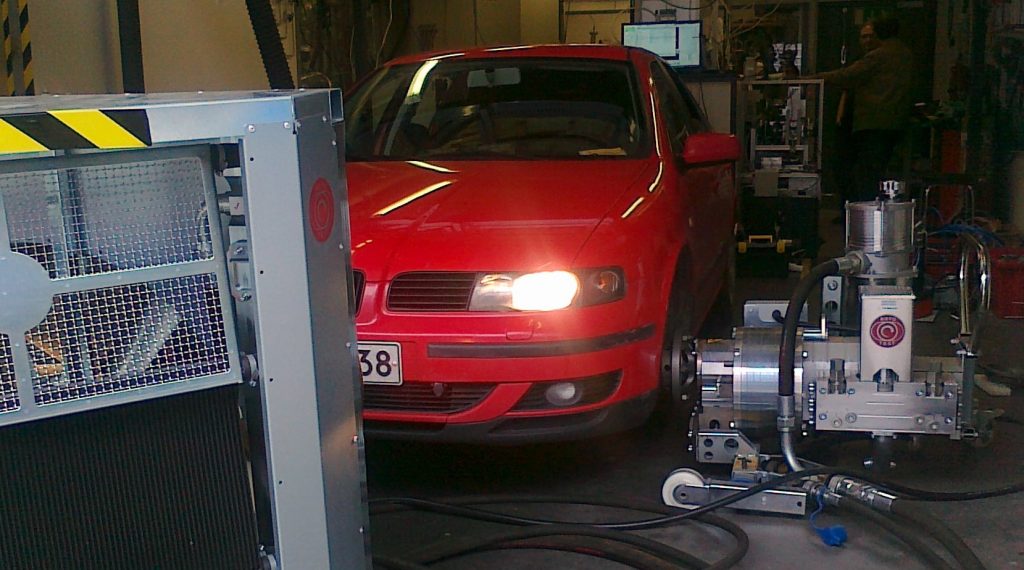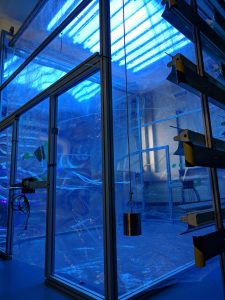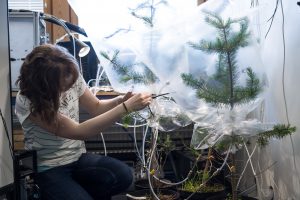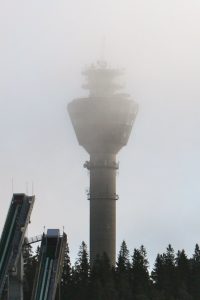Facilities
Research facilities
One of the main research topics of the group is SOA formation and, especially, interactions of biogenic and anthropogenic emissions, their transformation in the atmosphere and finally their contribution to the cloud droplet activation. To investigate this chain we have developed a unique research environment including SMEAR IV station on the top of the Puijo tower for in-cloud measurements, and top-class laboratory facilities allowing the utilization of vehicle and biomass combustion emissions and VOC emissions from real plants in our experimental studies. This is accomplished in ILMARI research facility, where chassis dynamometers and wood combustion appliances with dilution systems are connected to an environmental chamber equipped with versatile gas phase and aerosol measurement instruments. In addition to investigation of atmospheric processes, our in-campus collaboration related to ILMARI facility enables the extensive toxicological studies with fresh and aged combustion aerosols. More detailed description of the research environment can be found below:
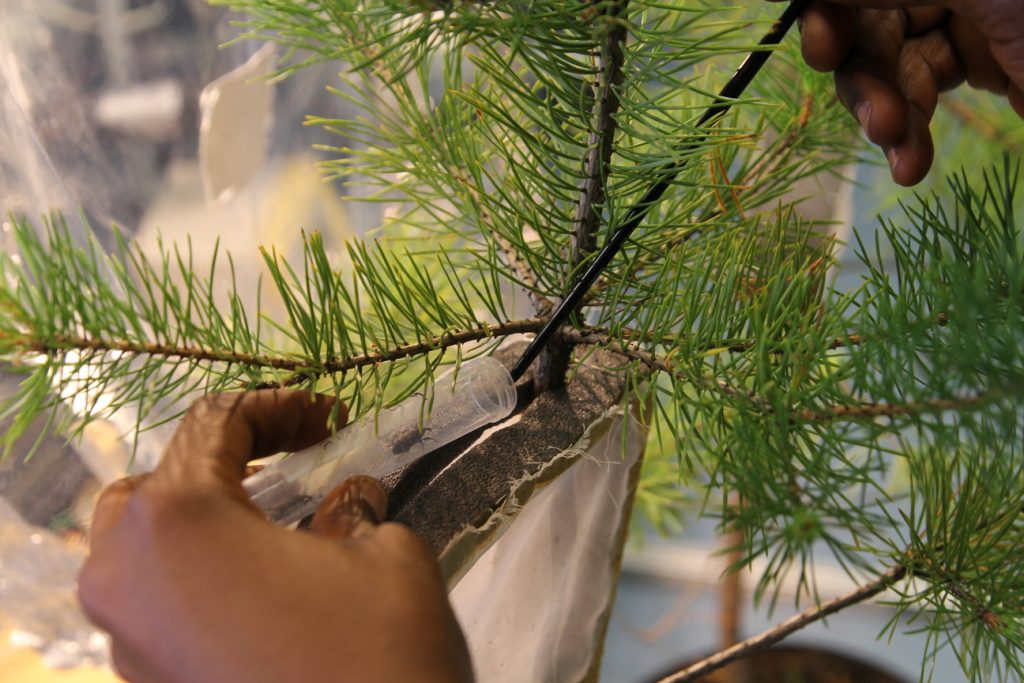
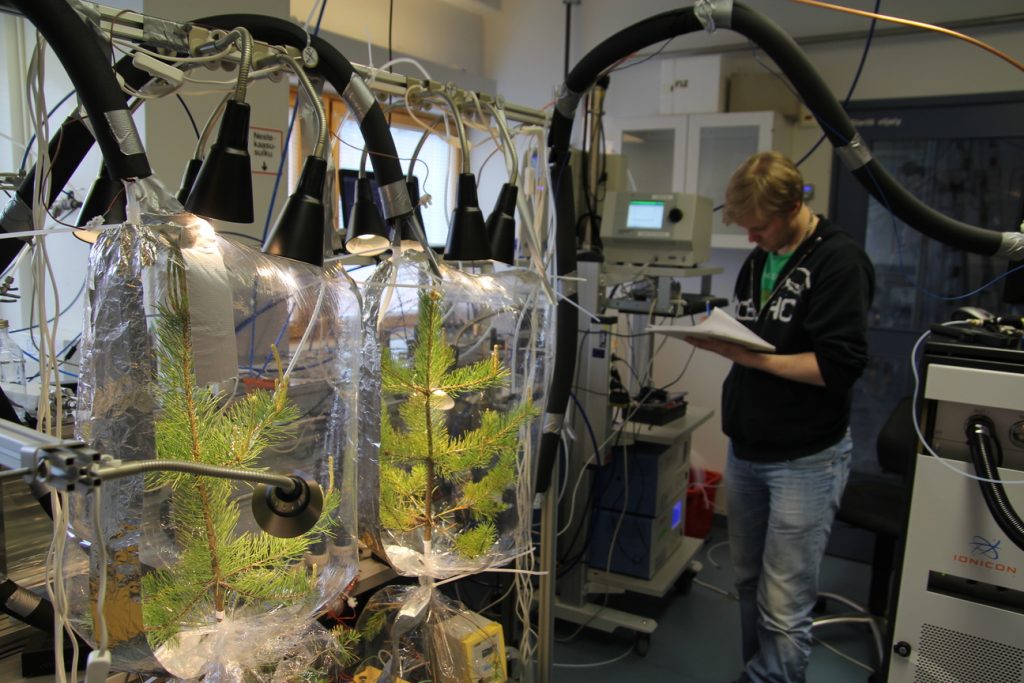
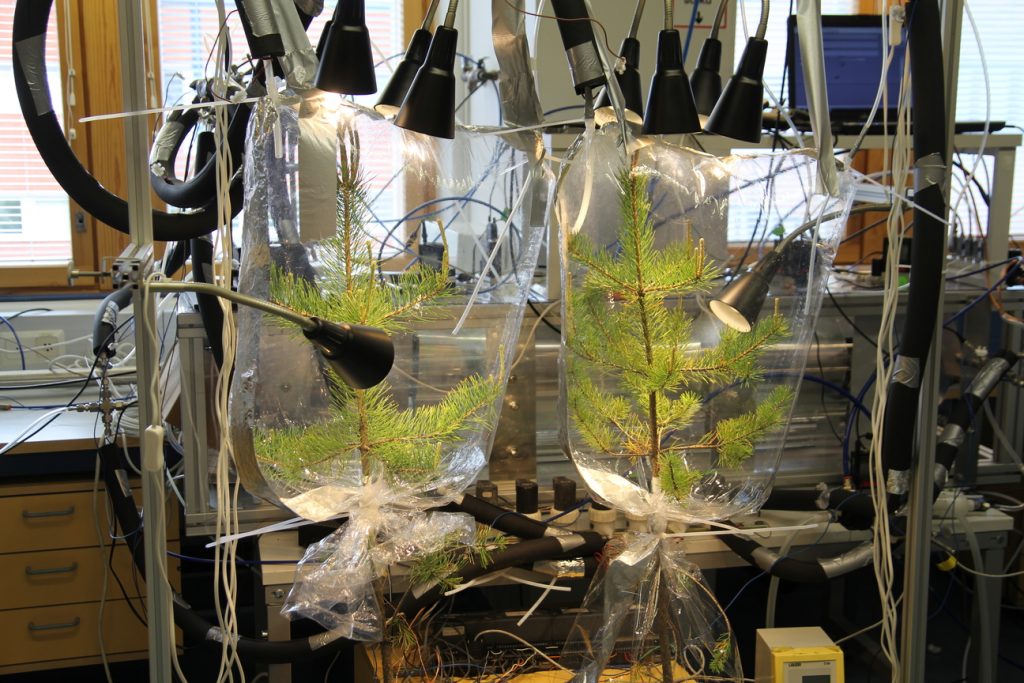
An Environmental Chamber for Combustion Aerosol aging Studies:
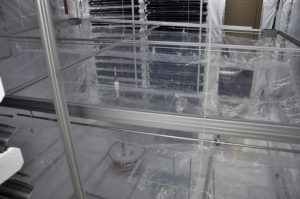
- 29 m3 FEP Teflon, collapsible (movable top for pressure control)
- Blacklight lamps, spectrum centered at 350 nm
- Air-conditioned
- Direct injection of emissions from
- Biomass combustion appliances (pellet boiler, stove)
- Passenger and light-duty vehicles (on a chassis dynamometer)
- A diesel engine (bench-mounted; connected to a dynamometer)
- Sampling from the chamber to
- Measurement instruments
- On-line cell exposure units
- Part of a research facility called ILMARI (co-operation with FMI and
Department of Environmental Science) - More information: Leskinen et al. (2015)
Plant and smog chambers for SOA research:
- 6 and 9 m3 Teflon chambers
- 2 m3 (Teflon walls) and 50-150 l (stainless steel tubes) continuous flow reactors
- ozone and VOC generator, UV lamp walls
Field measurement sites:
- Puijo SMEAR IV station, Kuopio, Finland (co-operation with FMI)
- Total (PM40) and interstitial (PM1) aerosol sampling lines
- Twin DMPS system (3-800 nm; total and interstitial)
- Optical particle sensor (0.3-30 µm), APS (0.5-20 µm)
- Total aerosol number and mass concentrations (CPC, SHARP)
- Three wavelength (450, 550, and 700 nm) nephelometer (total and interstitial)
- Multi-angle absorption photometer (MAAP; 637 nm; total and interstitial)
- Cloud droplet probe (2-50 µm)
- Trace gas analysers (NO-NOx, O3, SO2)
- Greenhouse gas analysers (CO2, CH4, H2O), Part of the ICOS network.
- San Pietro Capofiume, Italy (co-operation with ISAC-CNR)
- twin DMPS system
Aerosol characterization:
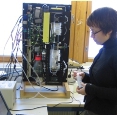
- High-resolution Time-of-Flight Aerosol Mass Spectrometer (Aerodyne ToF-AMS)
- Particle sizers and counters (SMPS, DMPS, twin DMPS, CPC)
- Tandem Differential Mobility Analyser (TDMA) methods
- hygroscopicity, volatility and organic TDMAs
- Cloud condensation nuclei (CCN) counter (DMT CCN-100)
- Spectrometer for Ice Nucleation (SPIN, DMT)
- Aerosol optical properties (TSI 3-wavelength nephelometer, THERMO multi-angle absorption photomete MAAP, Magee Scientific 7-wavelength aethalometer)
- Common analytical methods for chemical analysis (GC-MS, HPLC, IC)
Gas phase characterization
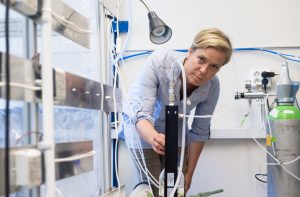
- Proton Transfer Reaction – Mass Spectrometry (Ionicon PTR-TOF 8000)
- Thermal desorption gas chromatography-mass spectrometry (TD-GC-MS) analysis for volatile organic compounds
- Denuder sampling technique for semi volatile organic compounds
- Gaseous nitrous acid (HONO) analysis by aqueous scrubbing, derivatization and HPLC analysis
- Standard gas analyzers for SO2, NOx, O3
Aerosol modeling
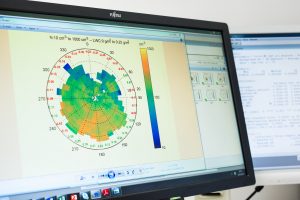
- Aerosol box models for microphysical modeling
- Large-eddy simulation model UCLALES
- Global climate model ECHAM5.5.
- Statistical modeling of atmospheric measurements
